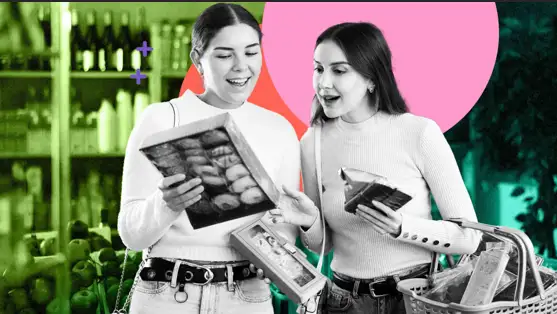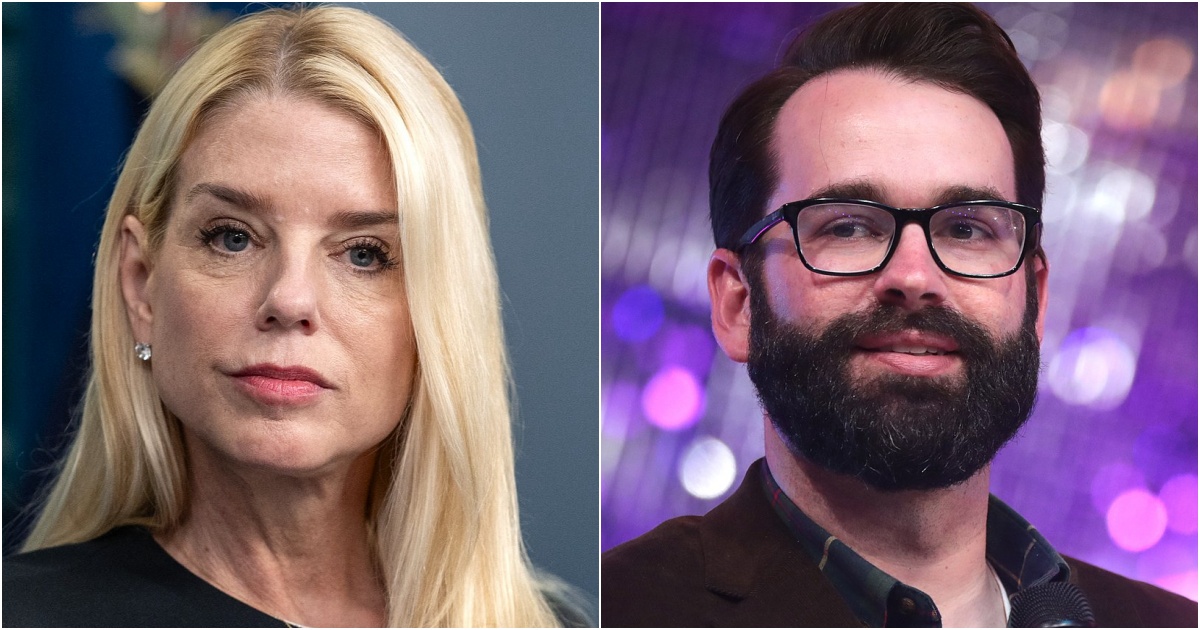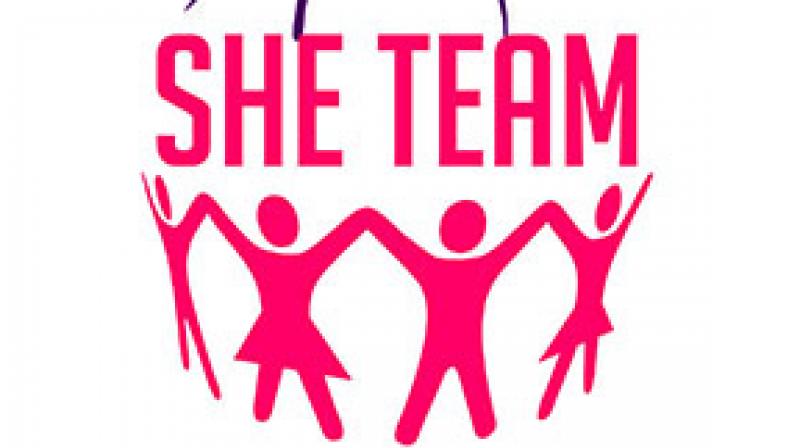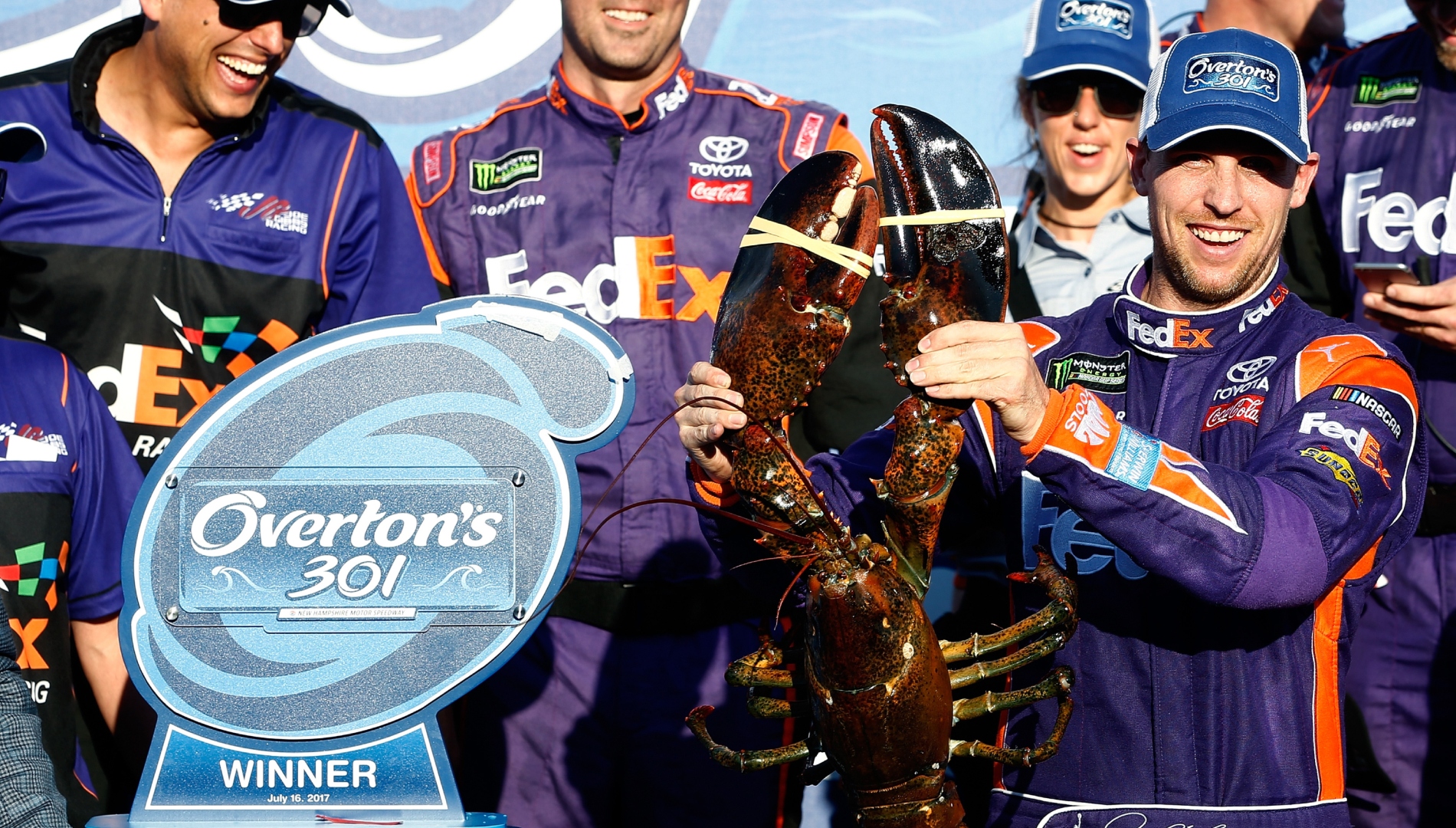
If you want to understand what’s important to today’s consumers, take a look at what they’re snacking on.
Snacking is a nearly universal human behavior, found across cultures and generations. It serves both nutritional and emotional needs. And it holds social currency; just think about how snack corners in offices become morale-boosting social hubs, or why sharing snacks can bridge divides.
How prevalent has snacking become? It now accounts for more than half of all “eating occasions” in the U.S., according to SNAC International’s 2025 State of the Industry report.
But snacks and candy are also all about being trend-forward, creating connections, and having fun. There’s constant innovation in flavors, textures, and packaging. Which is why they can be a microcosm of the changing behaviors of consumers.
Subscribe to the Daily newsletter.Fast Company’s trending stories delivered to you every day
Privacy Policy
|
Fast Company Newsletters
All of this was apparent at the recent Sweets & Snacks Expo (is there a better-named B2B conference?), where the biggest, boldest, and sometimes strangest treats take centerstage. What you see there can be applied to any marketing campaign, and I returned from the Expo with a suitcase full of samples and some actionable takeaways.
Here’s what stood out:
TREND 1: NOSTALGIA-FUELED COMEBACKS
Food is memory. That’s as true for Proust’s madeleine and as it is for Little Debbie Swiss Rolls.
At Sweets & Snacks, legacy brands revived beloved snacks from simpler times, and gave them a modern twist. Their goal? Deliver comfort food reimagined for today’s taste and formats. Big League Chew put Yankees slugger Aaron Judge on its Grand Slam Grape packaging, and evoked Little League memories and dugout rituals as part of the promotion.
Other well-known brands tapped into remix culture by building their brands into flavor profiles that respect their hard-earned legacy—that’s how you get Kraft Mac & Cheese popcorn or Skippy PB Bites.
Takeaway: Don’t reinvent your brand, Instead, explore your heritage for relevant connections to today’s consumers. Memory is powerful. When you’re looking to expand into new channels, try to stay focused on the deep meaning your brand has for people.
TREND 2: VETERAN BRANDS SHOW NEW TRICKS
Call this new-stalgia. Familiar logos draw attention, but unexpected mashups drive excitement and impulse buys. This is candy and snacks taking a page from edgy, unconventional brands like Liquid Death and Dr. Squatch.
Last year, IHOP showed up with a “Rooty Tooty Fresh ‘n’ Fruity” flavor of Lays potato chips. This year, we saw hybrids like Vlasic Pickle Balls (pickle-flavored corn poppers), Smuckers x Jell-O fruit snacks, and Dr. Pepper Tic Tacs.
Truth be told, these mashups are really about buzz. Brands use shows like Sweets & Snacks Expo as a low-stakes test market for high-reward experimentation, even if the actual product never sees the store shelf.
advertisement
Takeaway: Identify low-risk areas for your brand to experiment and create buzz, even if not all initiatives become permanent offerings. Joy, amazement and a bit of WTF can go a long way. The value of social-cycle hype is real because it is the most impactful way to keep your fans talking.
TREND 3: GLOBAL FLAVORS BREAK OUT
Those snacks that in-the-know tastemakers used to scour H Mart or Patel Brothers to find? They’re now becoming mainstream differentiators as American flavors evolve with the changing make-up of the population.
It starts with new flavor waves: lychee, Korean bbq/gochujang, yuzu lime, and szechuan peppercorn. Chamoy, a Mexican condiment, was a popular example of the “swicy” (sweet and spicy) trend, appearing in gummies, gushers and lollipops. Non-U.S. brands, like Australia’s Tim Tams and Japan’s Hi-Chew, looked to make inroads.
Takeaway: Look beyond your immediate market for inspiration; consider how global trends might translate to your industry, or how shifting demographics can impact preferences. Remember, your audience can quickly find out what’s hot halfway around the world and make it part of the mainstream.
TREND 4: SNACKTAINMENT IS HERE
Extreme and experimental candy and snacks aren’t just about the taste. They’re about the experience. They turn your tastebuds into social and word-of-mouth buzz, perfect for getting a brand on a “As Seen on TikTok” display.
The one-chip challenge and Hot Ones have morphed into any number of snack brands that feature super-hot Carolina reaper and ghost pepper flavors. These kinds of capsaicin-fueled daredevil eats now also include super sour and spicy candies.
New technologies and textures were everywhere at Sweets & Snacks. Spree, Lemonheads and Sweet Tarts all joined the freeze-dried craze. Amos’ Gummy Mystery Cube combined extreme sour candy with “blind box” mania, providing a chance to peel back one gummy to reveal a mystery gummy inside.
Takeaway: Never stop looking for ways to surprise and delight your audience. People want to have fun and they want to share those experiences. That is, after all, the foundation of much of today’s creator economy.
TREND 5: PREMIUMIFICATION
Candy is going artisanal, tapping into origin stories and craftsmanship.
Premium “Dubai-style” chocolate—which incorporates pistachio cream and kunafa (shredded filo pastry)—was possibly the most popular flavor profile, showing up in chocolate bars, truffle bites, spreads, and even popcorn puffs. Artisanal dark chocolate consistently came with descriptions of its country of origin. So did Baklava protein bars, mochi snacks, and provenance gummies.
Storytelling was critical for better-for-you ingredients that push back against highly processed foods. So sourdough pretzels or hyper-dried fruit spoke of their lack of preservatives, added sugars or artificial flavors or colors.
Takeaway: Look beyond surface-level product attributes to tell a story that taps into deeper consumer motivations and social roles your brand can fill. This kind of narrative can help differentiate your product in a commodity environment and encourage consumers willing to spend a little extra.



